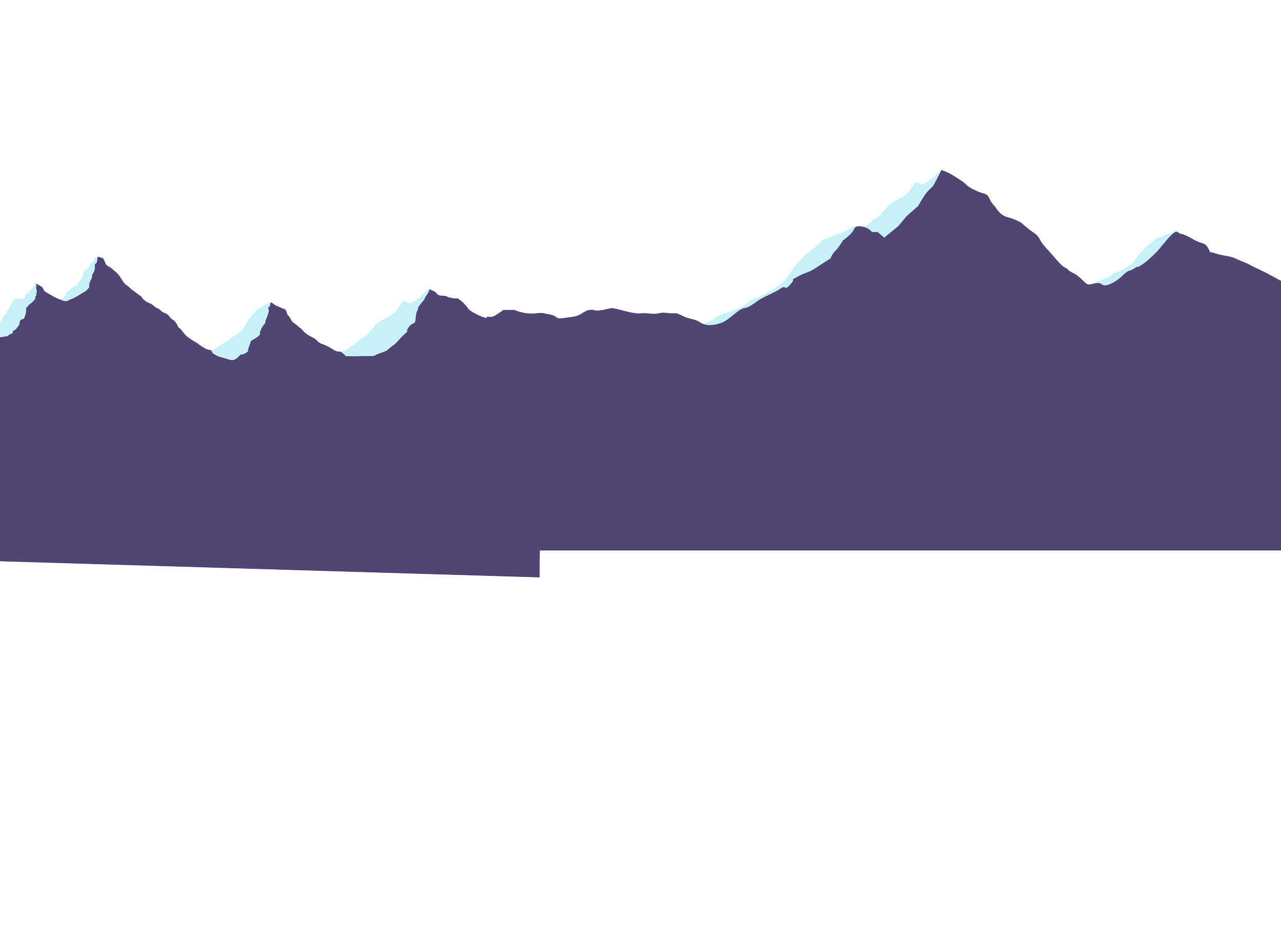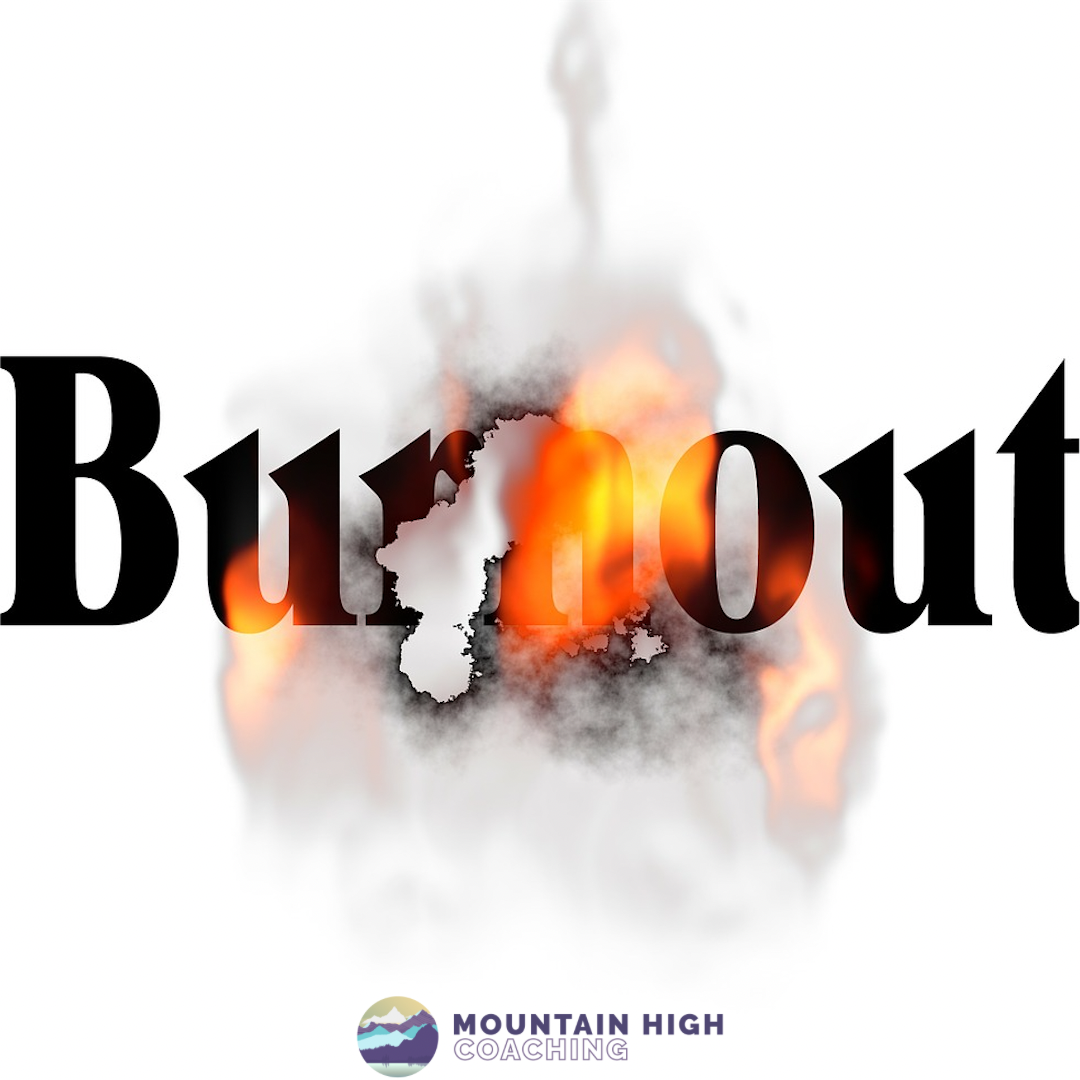It’s a tough old world out there these days.
Uncertain. Unpredictable. Complex. Paradoxical. Ambiguous.
As humans we aren’t particularly well wired to be at our best when things are uncertain, unstable or complex.
And the things we start telling ourselves don’t help us much, because in the absence of knowing we tend to fill in the blanks and make doomsday stuff up. Even made-up negative stuff is better than the gaping hole of not knowing. Right?
Being a leader in a constant of uncertainty and complexity can start to take its toll.
Stress levels go up, longer hours are worked to keep up with an excessive workload, sleep is disrupted and fatigue becomes the norm, relationships start to suffer as we snap at others or become detached and remote, productivity goes down despite the long hours, overwhelm can start to set in, and the path towards burnout starts to reveal itself as we spiral into physical, emotional and mental exhaustion.
That’s a lot to carry. Especially when there’s an organisation of people judging you each day on how you show up.
And it can be really hard to break the pattern before we become consumed by the flames of burnout.
So, how do leaders build up their resilience to all this uncertainty and complexity so that they can show up every day as great, creative leaders that others find inspiring?
Well, one way is to invest time and energy into a process of unpacking the thoughts, actions and behaviours they favour when in threat mode:
❓do they become more passive and compliant to make their life easier or to keep favour with their seniors?
❓do they protect themselves by distancing themselves from situations or colleagues, or perhaps becoming arrogant or hyper-critical as a defense mechanism?
❓do they go into autocratic micromanagement mode, where everything needs to be perfect, done ‘my way or else’, as their need to grab back some control starts to dominate?
All of these are normal, common human reactions when we’re feeling threatened by our environment: compliance, self protection, control over.
The issue for our leadership is that these reactions will consume the oxygen in the room and not leave enough for our, or others’, creativity to spark and thrive. And so we risk becoming less and less effective in our leadership, and creating a more toxic environment for those around us.
The first step, once you recognise something needs to give, is to ask yourself: am I willing to break the pattern?
If you are, you then create the space to ask: where am I on my leadership journey, what is my impact, how effective am I, and how do I know?
If you’re curious, get in touch. Supported by the Leadership Circle Profile™️ 360° Assessment tool, we can start to connect your patterns of action with your internal assumptions and habits of thought, and journey with more self-awareness and confidence towards your true, creative self.
If not now, then when?









